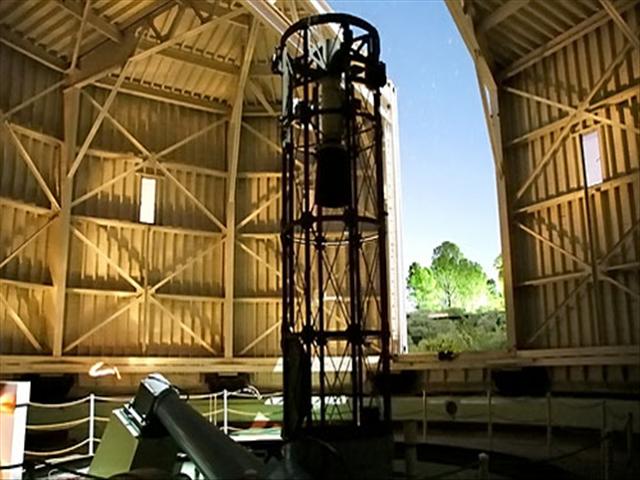The Astronomical Society of Southern Africa (ASSA) will hold its 7th National Symposium at the Boyden Observatory, Bloemfontein from 28 - 30 September 2006.
The event is being organised by the Bloemfontein branch of ASSA in association with Boyden Observatory, which is linked to the Department of Physics at the University of the Free State (UFS).
Registration is open to the public. The symposium affords interested persons the rare opportunity to get behind the scenes of Southern African astronomy and to attend presentations by speakers such as Prof. Phil Charles (SAAO), Dr. Adrian Tiplady (SKA/KAT), Dr. Patrick Seitzer (University of Michigan, USA), Prof. David Block (WITS) and Tim Cooper (ASSA).

60-inch UFS Boyden reflector telescope. Photo: Hannes Calitz
An exciting program awaits participants. Various demonstrations and presentations relating to some of the latest developments in amateur astronomy will be presented.
The Symposium will include an "astronomy presentation workshop" where a national astronomy presentation competition will be launched.
A special tour of the facilities at the Boyden Observatory will take place on Thursday evening, 28 September, and participants can see astrophysical research in action when they are shown one of the three large operational optical telescopes in Africa.
Join professional and amateur astronomers from all over the country on Friday evening, 29 September, for a memorable dinner to commemorate the 10th anniversary of the Friends of Boyden, to be held at Kopano Nokeng Lodge.
Bloemfonteiners are especially encouraged to make use of this unique opportunity.
For more information and a registration form visit:
Web: www.assabfn.co.za/symposium2006